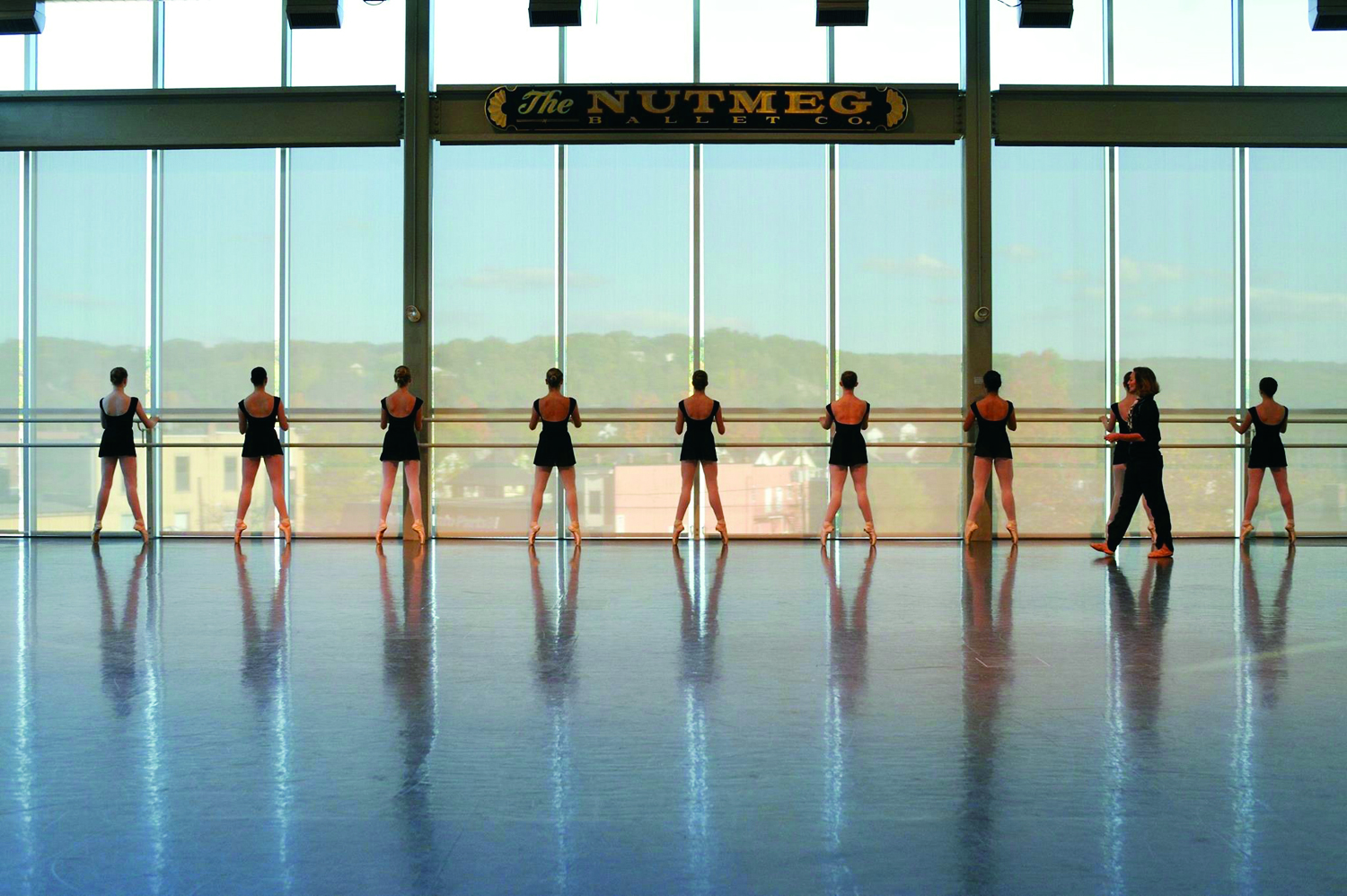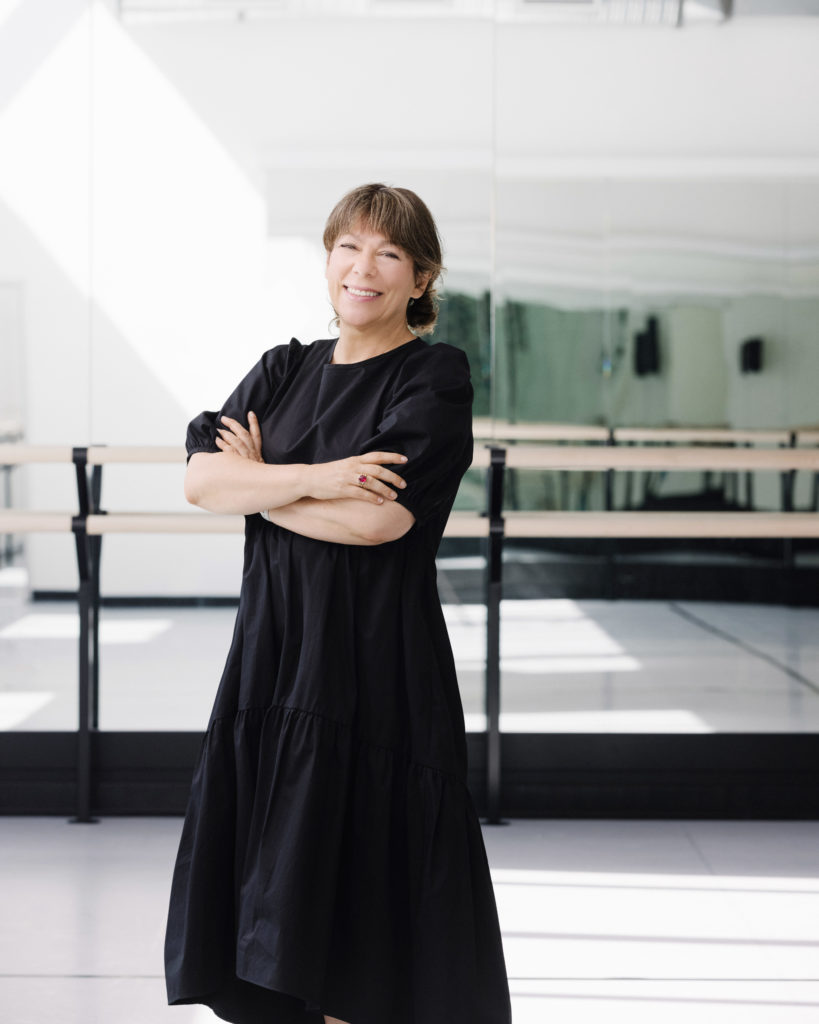
Back-to-school season normally sends everyone through a period of transition, but this is especially true for the dance students coming home from summer intensives. The programs introduce dancers to a range of new techniques, perspectives and styles that they take back to the studio come fall. But how do you help them process all that new knowledge when it’s time to return to regularly scheduled programming?
Here, three teachers share their advice.
Start With an Open Mind
“I highly encourage summer intensives,” says Artemis Gordon, artistic director of Arts Umbrella’s School of Dance in Vancouver, British Columbia. “It’s such a big world of dance,” she says, and summer programs are a student’s chance to discover the styles they gravitate toward professionally. But the transition home can be just as much of a learning opportunity—Gordon says she’s very intentional about giving students plenty of time to process everything they’ve seen.
If the dancer’s intensive experience isn’t embraced when they get back, says Gordon, “it can really alienate the kids from their home studio.” Make sure your students know that you’re excited to hear about what they learned. Even if you don’t agree with everything at first, validating their experiences establishes a mutual trust that makes the more confusing conversations possible down the road.

Then, Sort Things Out
After listening to all that your students share, it’s your job to help them filter through the information that might not be useful. “Part of what’s really important in our work is mentorship,” says Kirven Douthit-Boyd, the co-artistic director of dance at Center of Creative Arts (COCA) in Saint Louis, Missouri. Rather than quickly dismissing a different approach, make sure your students have the agency to work through new ideas in their first few classes back at home with you. This way, you can work as a team to help them understand what’s working and what must go.
Victoria Mazzarelli, artistic director at The Nutmeg Ballet Conservatory in Torrington, Connecticut, says the same goes for something that does work. “Sometimes hearing a correction from another teacher in a different way will spark something else,” she says. If a student comes back having made progress on a skill you’d already been working on, make sure to ask them: “What got you even further on this? What can we do now?”
Plus, says Mazzarelli, just because something that a student learns over the summer doesn’t work for your studio’s technique—The Nutmeg uses the Vaganova method, for example—it doesn’t mean they need to forget it forever. Dancers will always need the ability to pick up different styles, so make sure your students know the difference between knowledge that’s genuinely incorrect and something that just doesn’t line up with their current environment.

Listen to Their Goals
“All our kids want to do something different,” says Douthit-Boyd, and he stays aware of this when they return from the summer away. Each of the dancers in COCA’s pre-professional student company have one-on-one meetings with faculty at least twice a year; he uses the sessions at the beginning of the year to talk about the summer and home in on exactly what the student wants to work on.
Outside of formal meetings, Douthit-Boyd makes sure he’s accessible in more casual settings, too. “Sometimes they just stop you in the hallway and want to talk,” he says. Often, you can nurture a student’s artistic integrity simply by making yourself available.
Gordon also believes in the importance of multifaceted guidance—she asks her students to journal while they’re away, but even if they don’t, being intentional at the beginning of the school year can help to zero in on where to focus come fall. “How did you connect the ideas from one to another?” Gordon asks. These reflections can help students understand how they can work in a way that serves them most productively.
After hearing from your students, consider the specific focus areas that you can address during the year. “Some of them are technical things,” says Douthit-Boyd, but these are also chances for more personal conversations regarding what types of dance the students connected with the most. Regardless of the specific issues, staying engaged throughout the students’ transition back home can help you all embark on more specific career preparation down the road.




